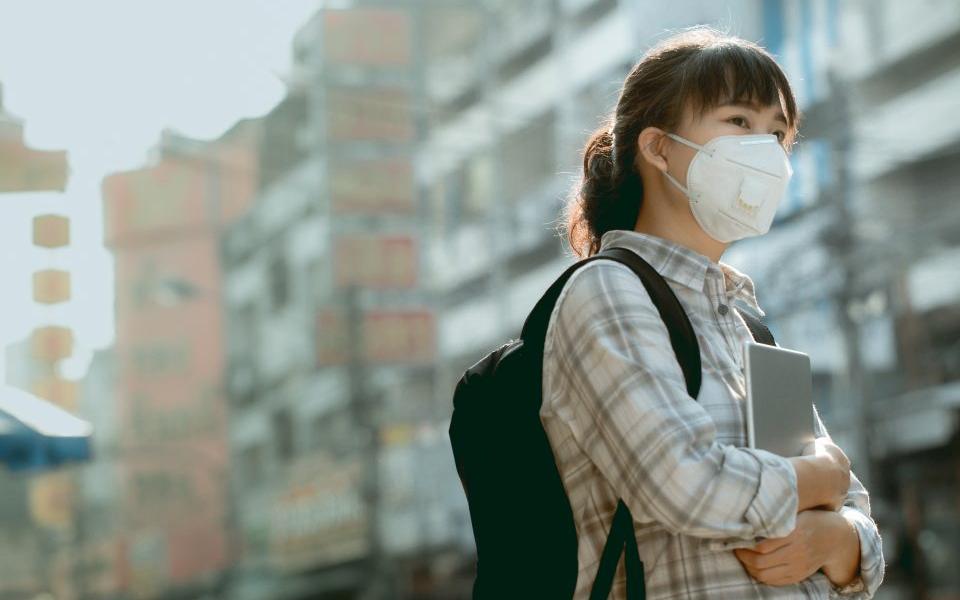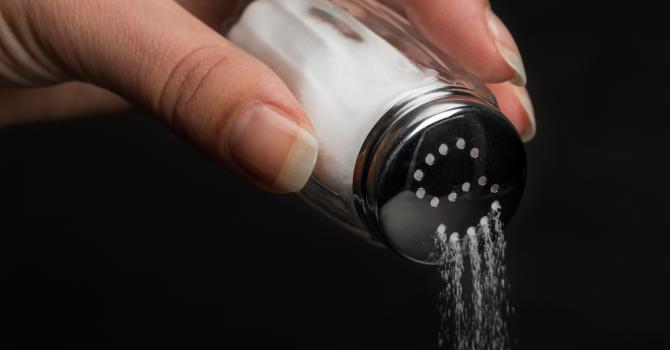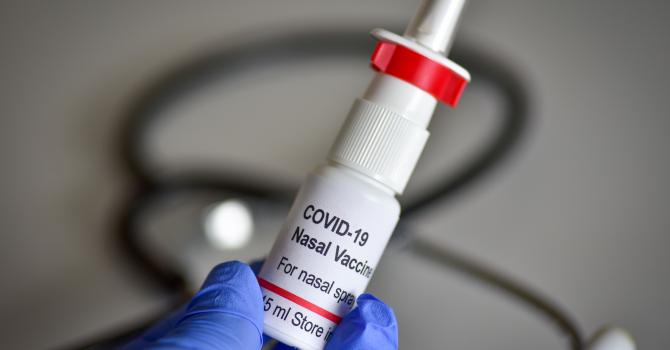How to Reduce the Risk of Being Affected by Wuhan Pneumonia?
Dr. Melody Leung, Division of Life Science, gives us tips on how to reduce the risk of being affected by Wuhan pneumonia.
By Dr. Melody Leung, Division of Life Science, HKUST
Everyone is worried about Wuhan pneumonia. People are snatching up masks, and the slogan of "Remember to wash your hands, wash your hands, wash your hands" has become popular again. Studies have shown that Wuhan pneumonia virus is a type of coronavirus (CoV) like the SARS virus that broke out in Hong Kong in 2003, and their genome sequences are nearly 80% similar.
Viruses has many different shapes. For example, a Hepatitis A virus has a polygonal structure, and Ebola virus is like a cotton rope. Coronaviruses are spherical with mushroom-shaped surface projection. When we look at the coronavirus under a microscope, the dark shadows formed by these small projections look like a halo on the saint’s head, and scientists call them the Latin "Corona", which stands for the crown. Coronaviruses are small, just about 120-160 nanometers in diameter. Human hair has a diameter of about 75,000 nanometers, which can make 460-600 coronaviruses line up neatly.
The coronavirus family has many members. In addition to the current Wuhan pneumonia virus and SARS virus, the Middle East respiratory syndrome (MERS) virus outbroke in 2012 and the common cold virus that causes upper respiratory tract infection are all coronaviruses. There are also many coronaviruses that only infect animals but not humans.
However, viruses are fickle. Genetic mutations allow them to adapt to new hosts in a short period of time and spread rapidly in new host populations. Take the SARS virus as an example, a regional outbreak occurred in China at the end of 2002 and the virus was found to “jump” to humans from their original hosts of civets in the market and bats in the suburbs. By the beginning of 2003, genetic mutations made the SARS virus more suitable for human physique and became capable of transferring from human-to-human. In the next few months, the SARS virus spread around the world, infected more than 8,000 people and nearly 800 died. China's National Health Commission had recently confirmed that Wuhan pneumonia virus can transmit from one person to another. Although only a few known cases at the moment, we must not take it lightly.
Then how can we protect ourselves?
After the SARS outbreak, many studies on coronavirus have unanimously pointed out that the use of surgical masks and keeping hands clean are important factors to reduce the risk of infection.
Wear a mask
Coronaviruses themselves do not have the ability to move, and their movement is generally spread by air droplets.
Hong Kong Consumer Council’s testing of mask performance is based on the standards of the American Society for Testing and Materials (ASTM). Staphylococcus aureus solution is atomized into particles with a size of about 3 microns for bacterial filtration efficiency testing. The first level standard of surgical mask can block more than 95% of Staphylococcus aureus, and the higher the level, the better the barrier performance. When we talk or sneeze, the air droplets that we make is generally 5 microns or larger, so surgical masks should be able to block more than 95% of virus carried by air droplets.
Researches have also confirmed that masks can effectively limit the ability of the virus to enter and exit our body. In 2012, the Robert-Koch-Institute in Germany pointed out that wearing a surgical mask alone can reduce the chance of secondary attack rates among family members by up to 50%. Moreover, in 2013, the University of Maryland in the US also pointed out that surgical masks can effectively reduce the amount of virus in the aerosols around the patient by up to 3.4 times. Therefore, wearing a surgical mask not only can protect yourself, but also protect others. It is a win-win magic weapon.
Wash your hands
In addition to air droplets, the patient’s secretions remaining on object surfaces are also a route of coronavirus transmission.
In 2012, a study conducted by the Université de Lorrainein in France discovered that in an environment of 20 ° C / 50% relative humidity, more than half of the coronaviruses can survive for 72 hours and 20% for 6 days. When the relative humidity rises to 80%, only 3% can survive for 24 hours. Indicated that coronavirus prefers dry and cool indoors during the wet spring days in Hong Kong. Therefore, it is important to maintain hand hygiene after touching the surfaces of objects in offices, shopping malls and transportations.
One should also wash their hands with water before and after eating, before wearing a mask, and after removing the used mask. Liquid soap can reduce the surface tension of water and make it easier to wash away dirt on the skin surface. If you suspect you have touched something the patient had used, you should clean it thoroughly with liquid soap. However, it should be noted that the anti-microbial ingredients in the cleansing liquid are targeting bacteria and cannot kill the virus. In fact, there’s not much difference in effectiveness between anti-microbial soap and ordinary soap, so ordinary liquid soap is good enough for daily use.
In 2005, a study conducted in Goethe-Universität in Germany also revealed that exposing to cleansing agents containing at least 70% alcohol for 30 seconds can effectively kill the coronavirus. You can always use alcohol to clean your hands and the surfaces of objects you frequently touch, such as mobile phones and computer keyboards.
There are currently no drugs or vaccines against coronavirus, so it is very important to strengthen your immune system. Eat regularly, get enough rest and exercise, maintain personal hygiene, avoid crowded areas and pay attention to air circulation. I wish you all a happy new year and good health.






